Faraday Future’s design director on the cutting-edge FF 91 EV
Faraday Future design director Page Beermann discusses the joy of clean-sheet design for the FF 91 electric vehicle – ‘simultaneously an intelligent supercomputer and an extreme performance vehicle’
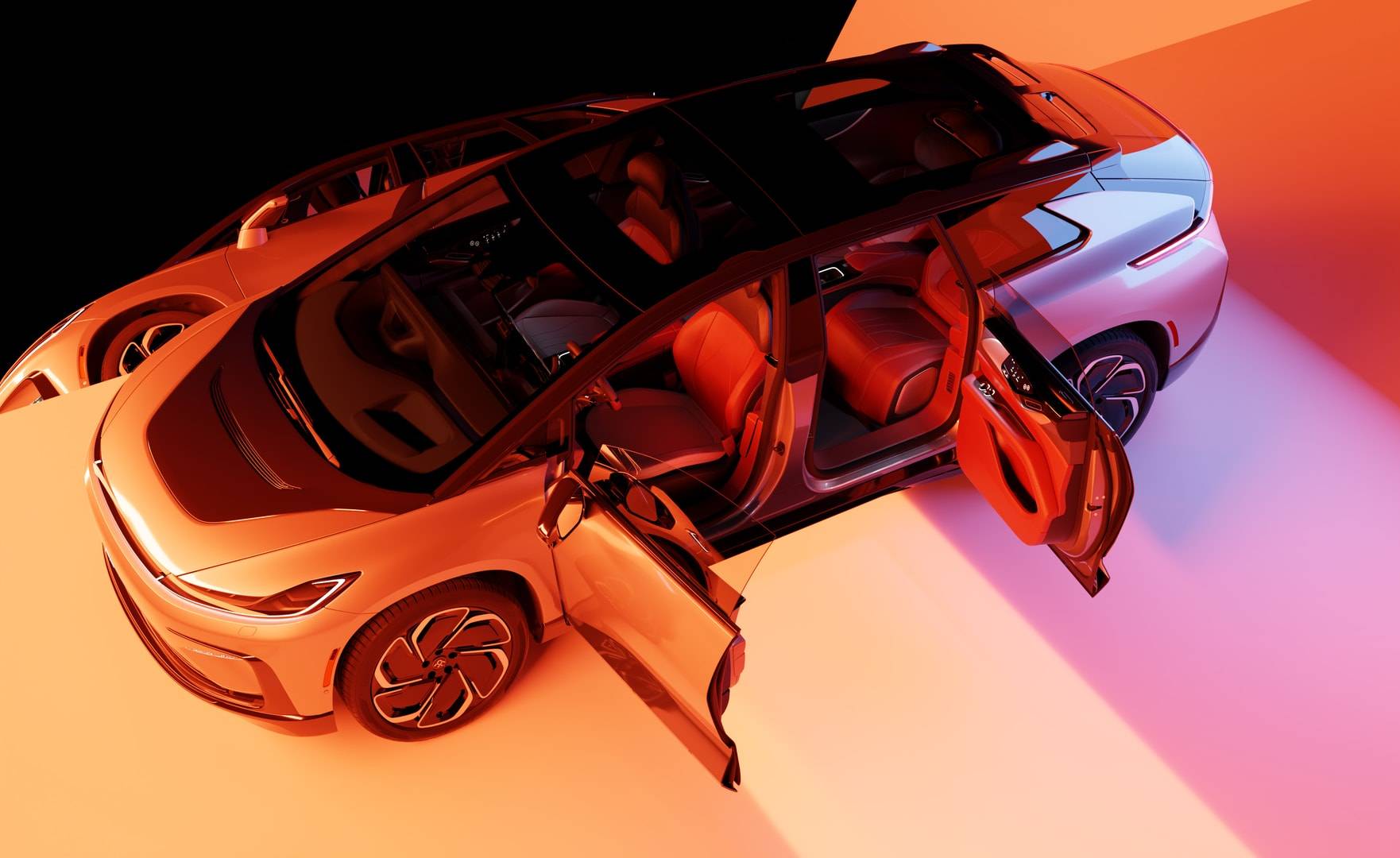
The electrification of the auto industry continues at a rapid pace. Even so, there are still plenty of potentially big players waiting in the wings, poised for launch and the chance of seizing a chunk of market share from the incumbent manufacturers. One of these companies is Faraday Future, set up in California in 2014 as a more-or-less direct rival to Tesla.
But while the latter accelerated off into the distance, Faraday has taken a more leisurely route, fighting through the thickets of finding a suitable production site, the R&D, and dealing with the ever-evolving requirements of electrification and autonomous technology. A 2016 concept, the FFZERO1 supercar, served as an outlandish proof of concept, with the first production model, the FF 91, unveiled the following year. That car is still not in full series production, although it’s fully ready to go.
We spoke to Faraday Future’s design director Page Beermann about the long road to production for the FF 91, and the challenges that still lie ahead.
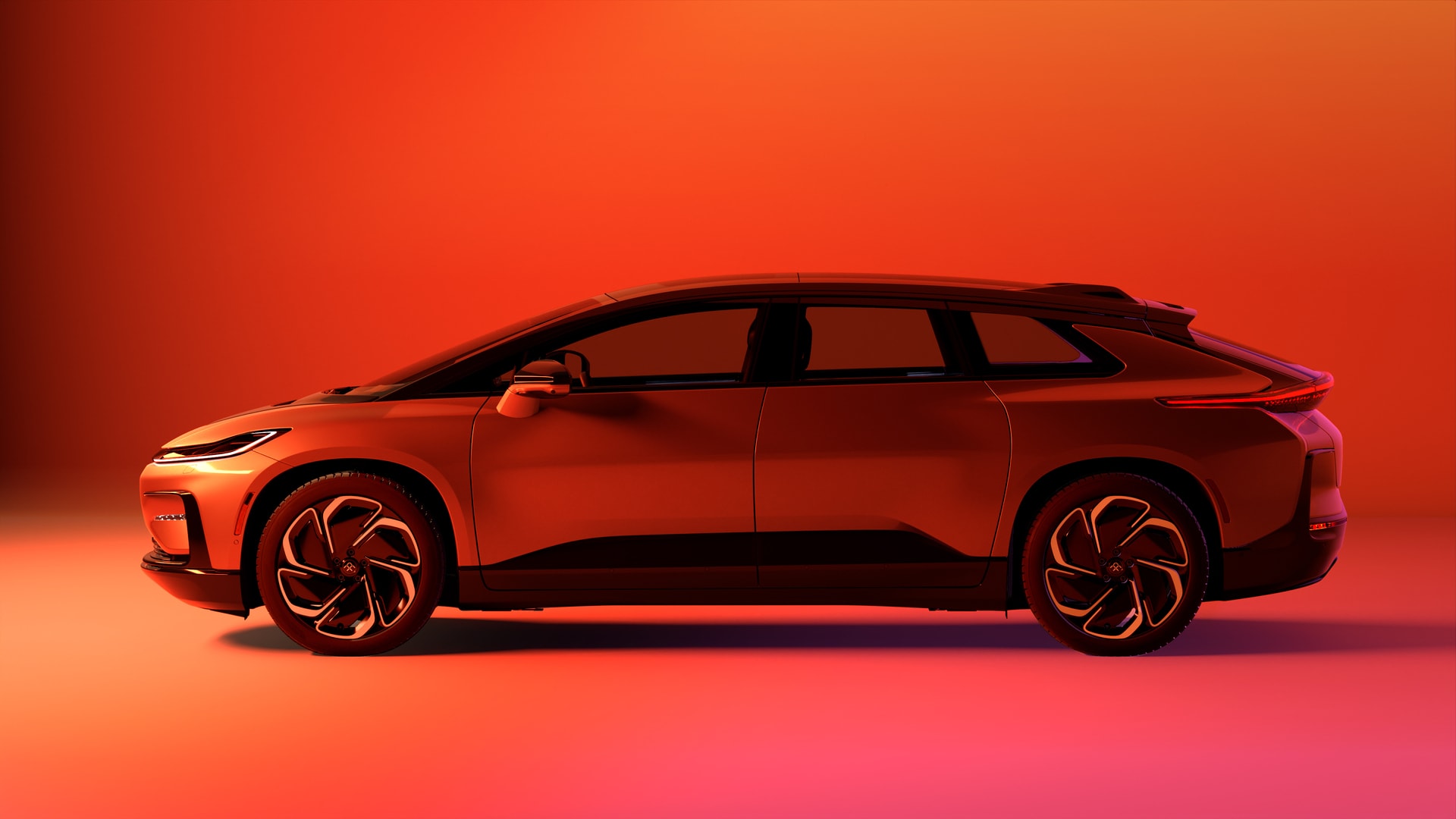
Wallpaper*: Did you have a clean sheet of paper when you started the design of the FF 91 and has that original design evolved since it was first shown to the public in 2017?
Page Beermann: Yes, when we began designing the FF 91, we had a clean sheet – a designer’s dream project, and it was a big part of my reason for joining FF. We knew that we wanted to address both Western and Eastern user needs, and we saw a gap in the market there. The physical design of the exterior has evolved a bit since 2017, while the interior evolved significantly. We’ve upgraded the FF 91’s capabilities a huge amount since then, especially focusing on the user’s experience inside the car.
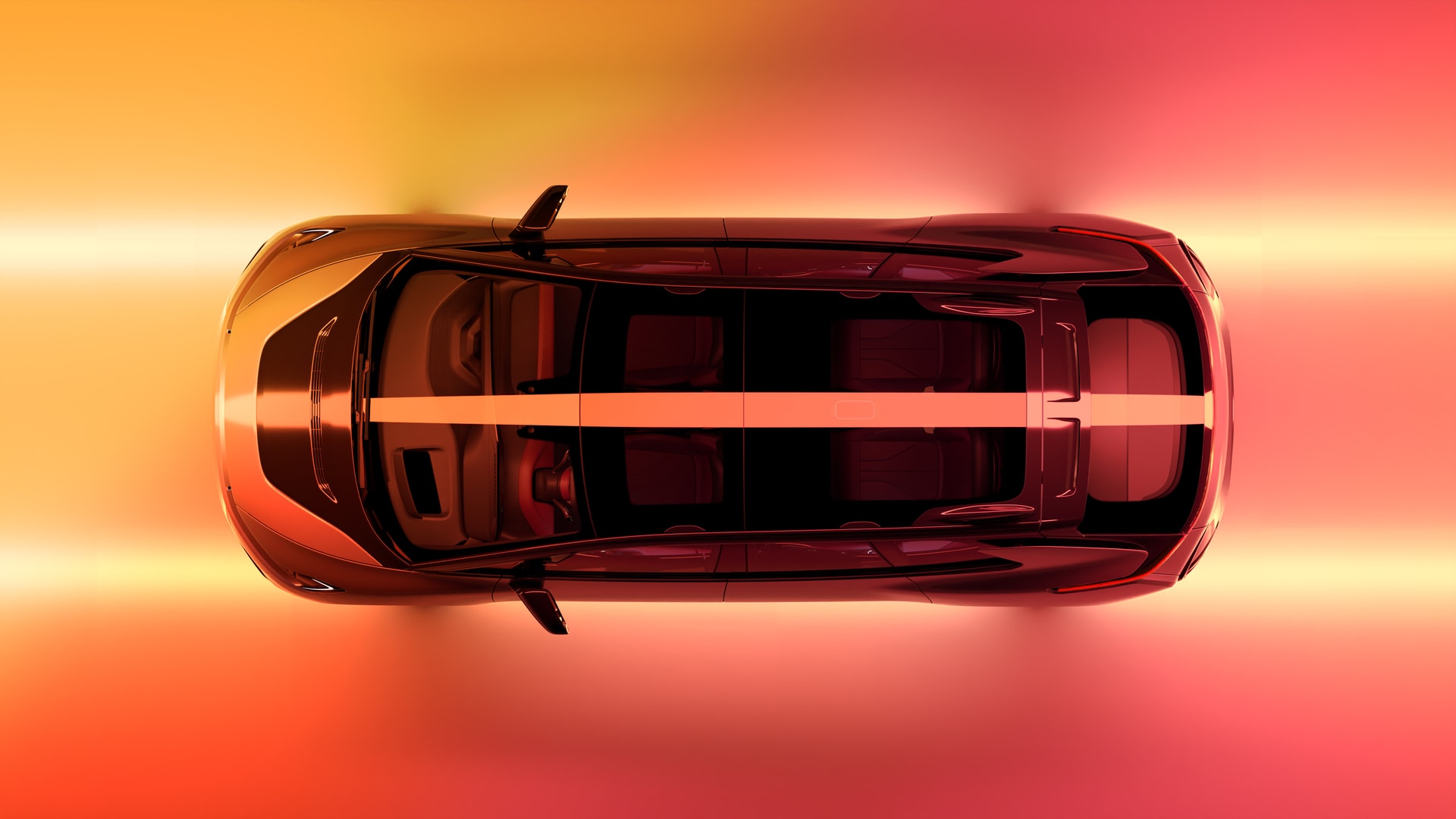
W*: There have been quite a few setbacks and false starts on your road to production. How do these delays impact the design process, especially when the underlying technology improves year on year and changes have to be accommodated?
PB: Starting and stopping is difficult to manage as a design leader – it has a profound impact on team momentum. We knew it wasn’t going to be a simple path, though, and anticipated the need for speeding up and slowing down, tech upgrades over the development process and lifespan of our products. Designing for these changes is one of our core principles and has led to really innovative design solutions.
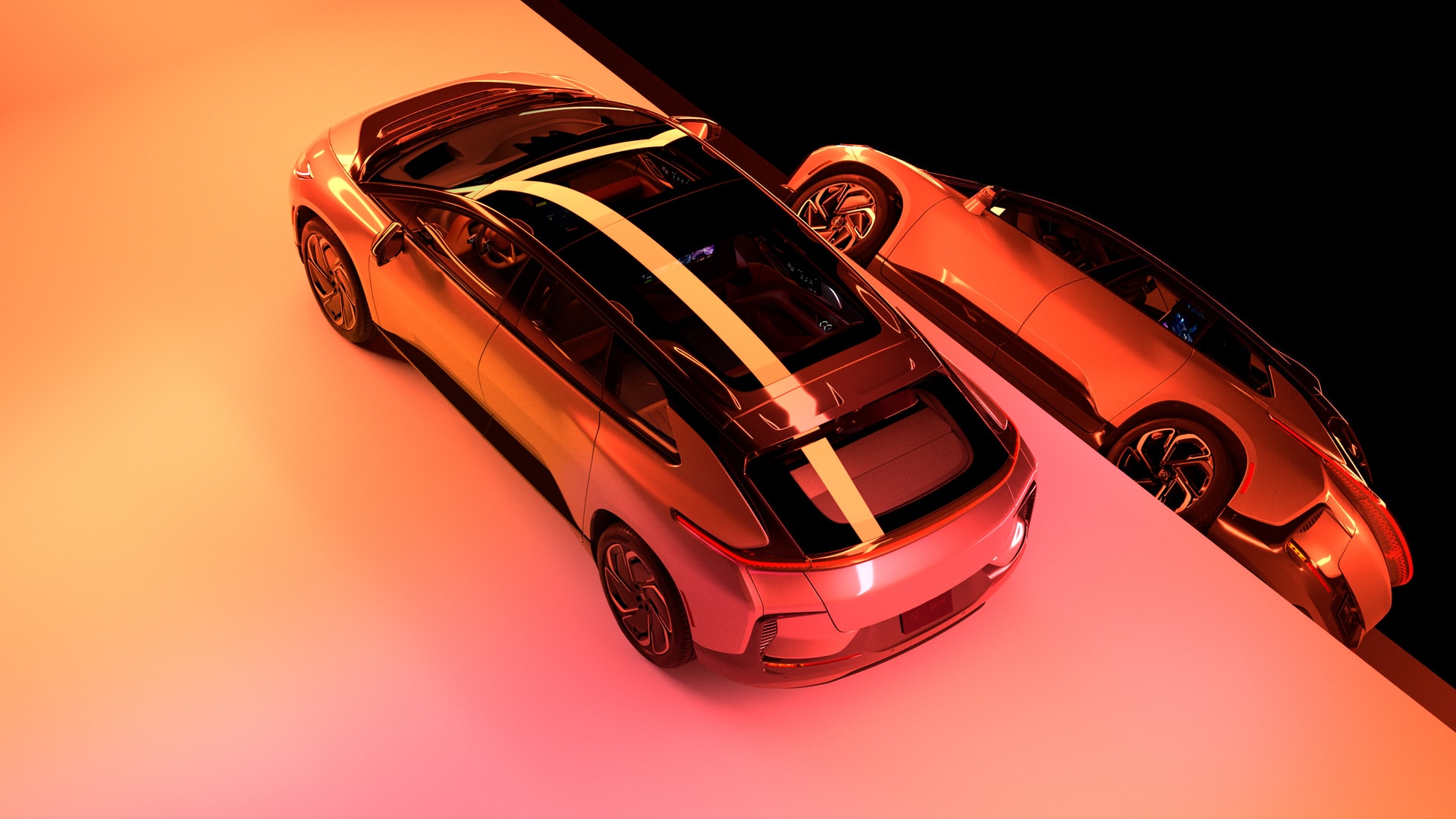
W*: Design is a key differentiator for EVs. What does the FF 91 do differently to its competitors?
PB: Just simplicity – a mono-thematic theory. Car design seems to have gotten more and more visually busy, and we took a very reduced approach. Do we need chrome elements? Nope. Do we need multiple creases and lines on the body side? Nope. We boiled the design down to the essential elements needed to differentiate the FF 91.
There are some visual elements that we as viewers respond to more strongly than others – the eye is drawn to colour contrast, for example, so we made sure that we had strong colour blocking on the FF 91, as this has much more impact than a surface crease.
Wallpaper* Newsletter
Receive our daily digest of inspiration, escapism and design stories from around the world direct to your inbox.
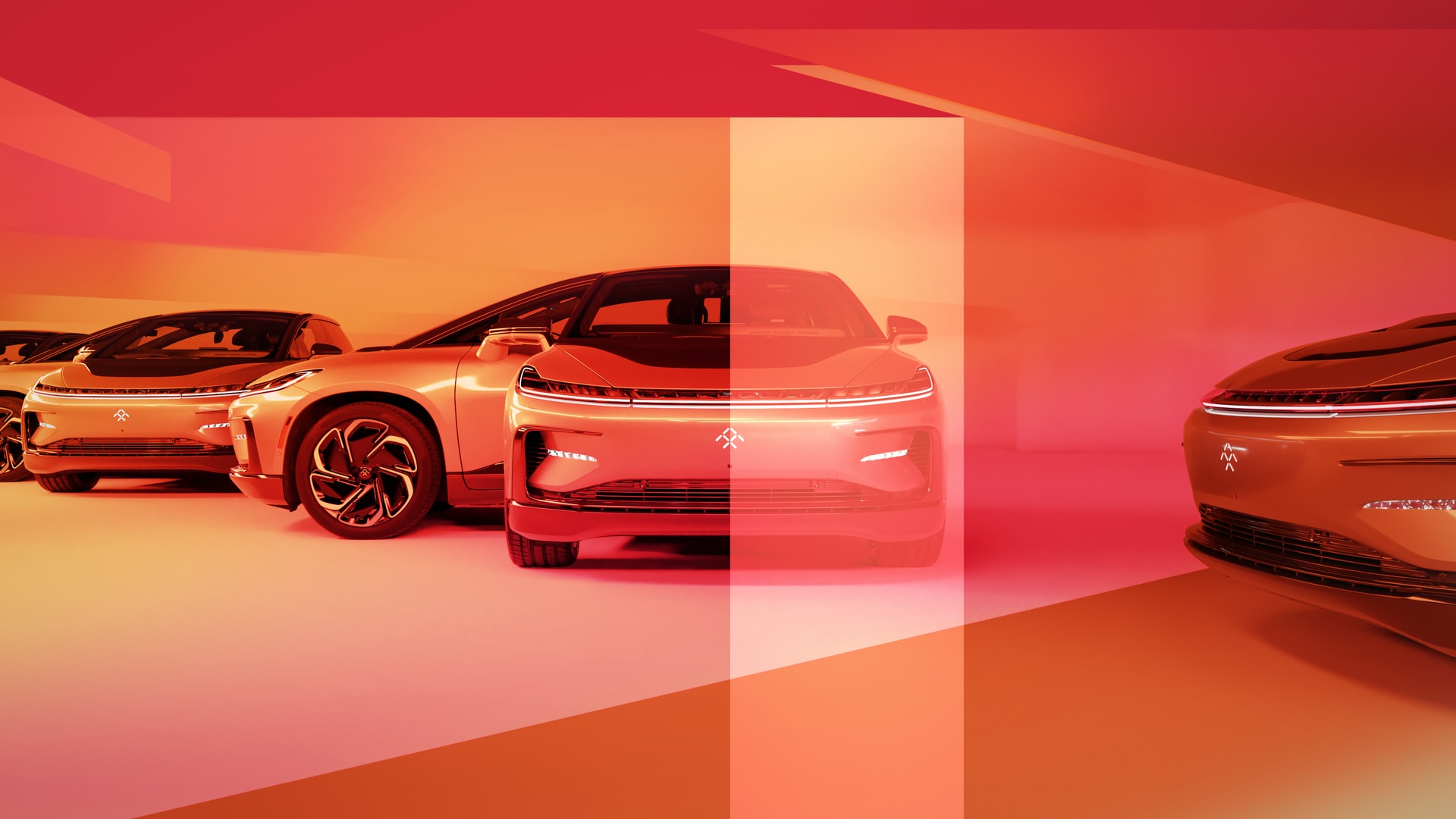
W*: The crossover segment was once rather niche, but it’s now set to be dominated by the new generation of EVs. As a designer, what advantages does this form offer?
PB: The crossover is the natural evolution of the car form – it gives you an elevated, comfortable seating position, as the starting point. This makes getting in and out much simpler, and more accessible for a broader user base (older, disabled, small children in child seats, etc). It allows for a taller roof, which equals more space inside.
At the rear of the car, the trunk area is larger than a sedan, but we are still able to terminate the rear of the car with a raked rear glass, rather than an upright rear glass as with an SUV. This gives you an aerodynamic shape, critical for reducing drag and increasing range. So, it’s really a “greatest hits” combo of everything that makes the user experience better.
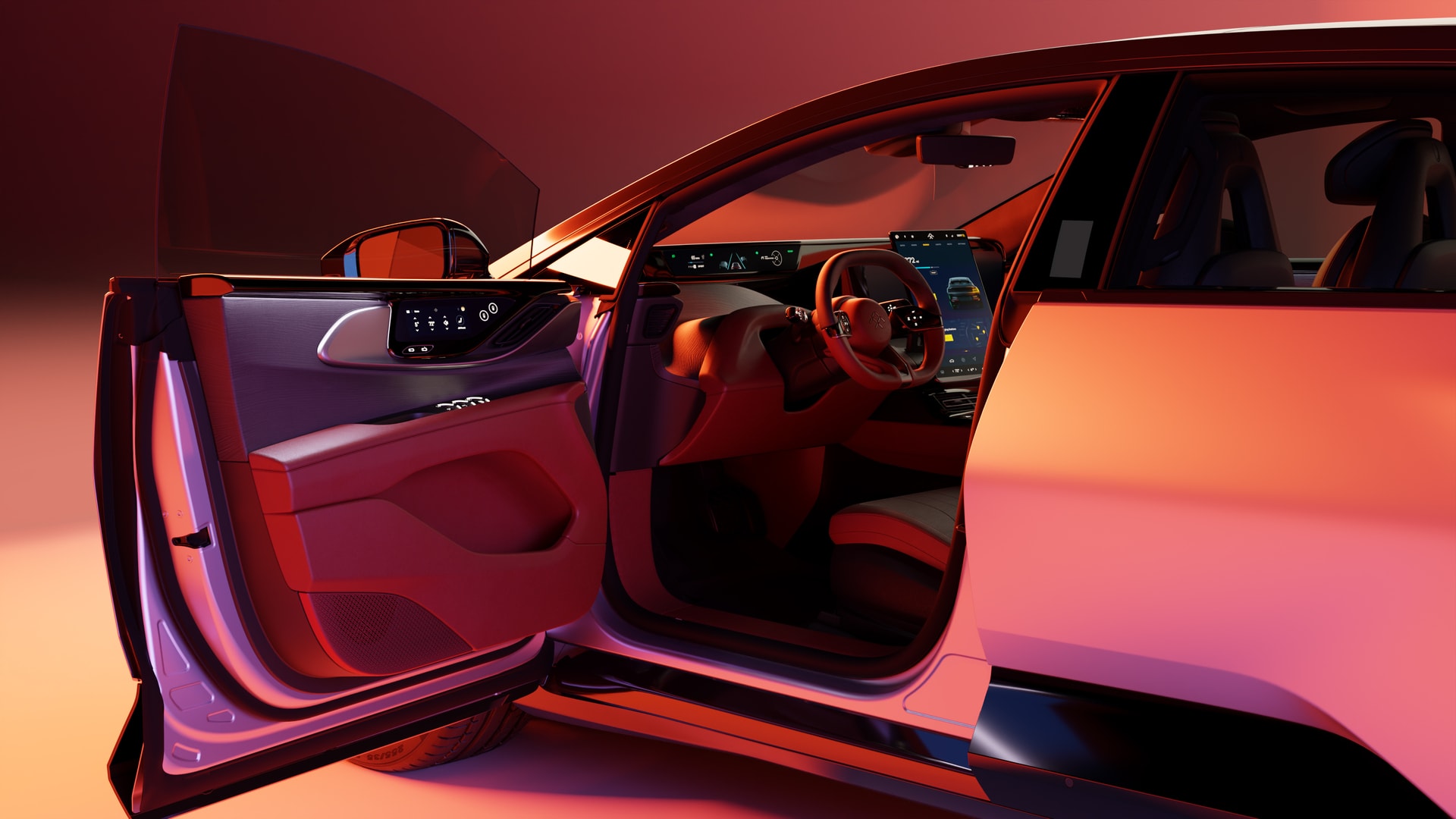
W*: In this age of constantly evolving technologies, like Lidar, can there ever be such a thing as a design freeze, or do you envisage the FF 91 as constantly evolving with hardware and software updates?
PB: There is definitely a blurring of the lines between the automotive and consumer electronics worlds – the FF 91 is simultaneously an intelligent supercomputer and an extreme performance vehicle, and this does require a very different approach to design, life cycle and upgrades or updates.
So now as designers, we straddle these two worlds – we do freeze design for all of the traditional components that make up a car, but we also build future flexibility into those designs, so it’s become a harder game in some ways. The end result is a more flexible product and an increased product life cycle, and those are big wins that our users will really feel and love.
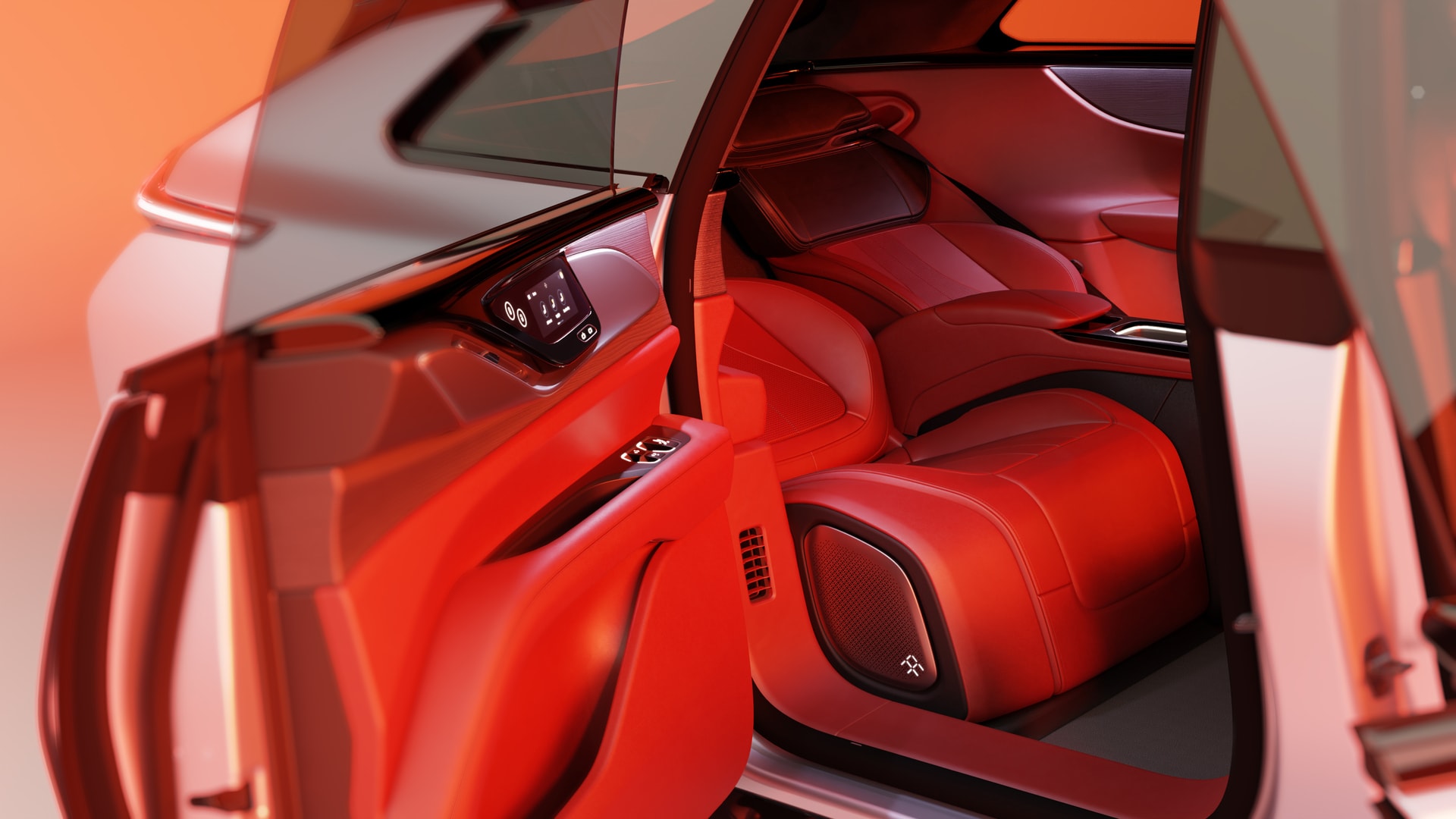
W*: The FF 91 is an undeniably high-end premium car. Do you think electrification has brought in a new approach to luxury design, and if so, how does the FF 91 interior go about expressing that?
PB: EVs definitely offer more flexibility in terms of space utilisation – we are really able to maximise the car’s footprint. The way we look at luxury is different though – we call it ‘TechLuxury’, and it’s all about enabling your life while in the car. This means full seamless digital integration, total comfort and ease of use. Now, with all that additional interior space freed up by the EV powertrain, we can offer an amazing amount of legroom in the rear row. The experience in the rear is truly unique – the Third Internet Living Space allows users to fully recline, sleep or work, fully engage or fully disengage. The drop-down 27in display in the rear enables all kinds of workflows, streaming content, gaming, you name it. No other vehicle can match that.
This is the core of the FF 91, and that’s where we started with the interior design – enabling this use case, and then building the vehicle around it. This is how we naturally arrived at the vehicle proportion and exterior shape. It’s true user-centric design.
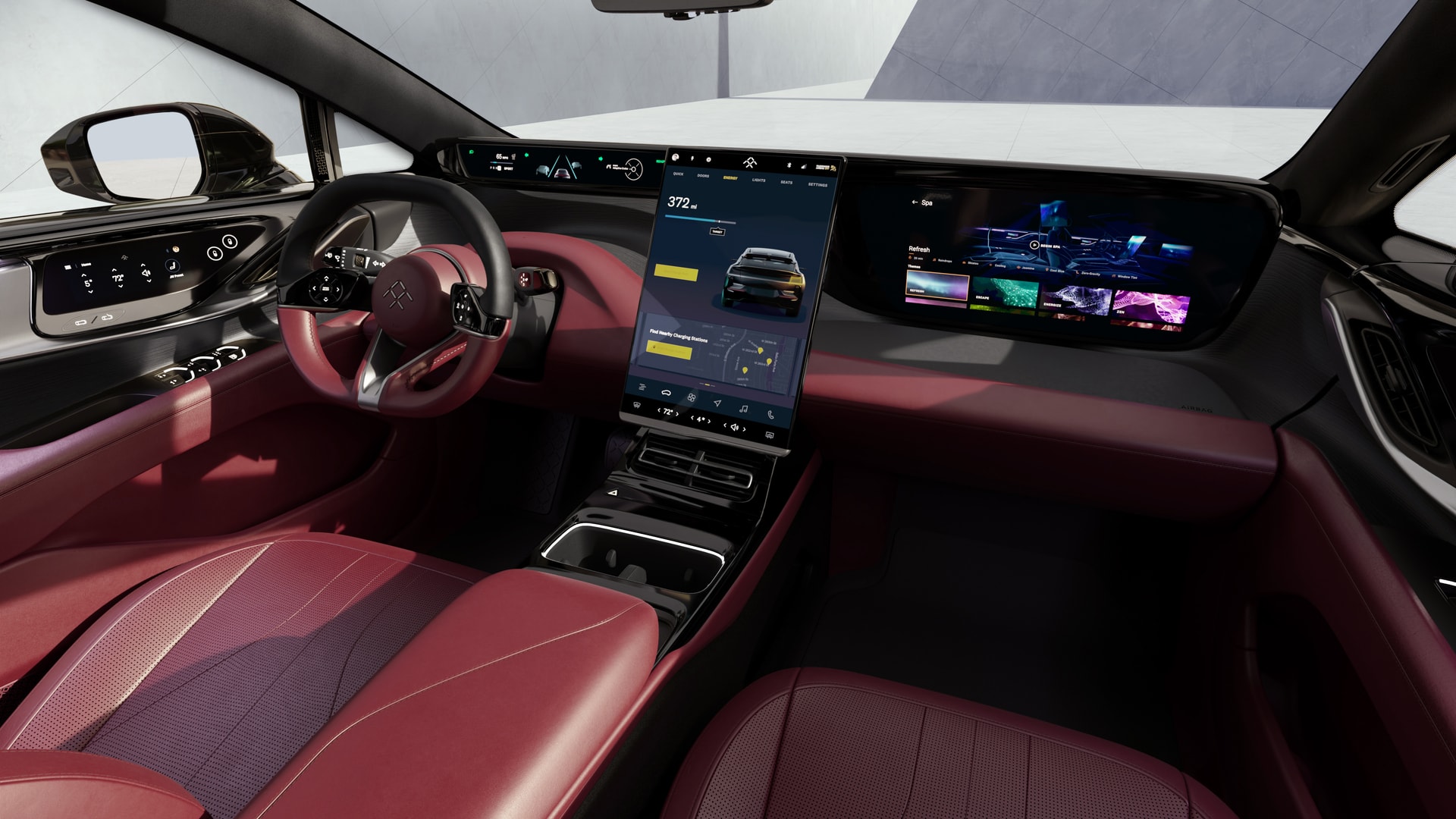
W*: Although electric platforms offer designers more freedom, you also need a very high degree of aerodynamic efficiency. As a designer, how do you balance these two aspects of car body design?
PB: Great question – you’ve hit on the biggest challenge car designers face, and it’s what makes working at FF so rewarding. Synthesising all of the inputs, aerodynamics included, into an intuitive, desirable vehicle is a bit like playing 3D chess, or solving a Rubik's Cube. Not just balancing the exterior shape with aero requirements, but also crash safety, ergonomics, manufacturing. Anyone can style a beautiful exterior shape or show car, but for me, great design delivers a beautiful product and experience, on cost, on time, considering all of the real-world business needs and performance requirements. That’s where an automotive designer’s skills are truly tested.
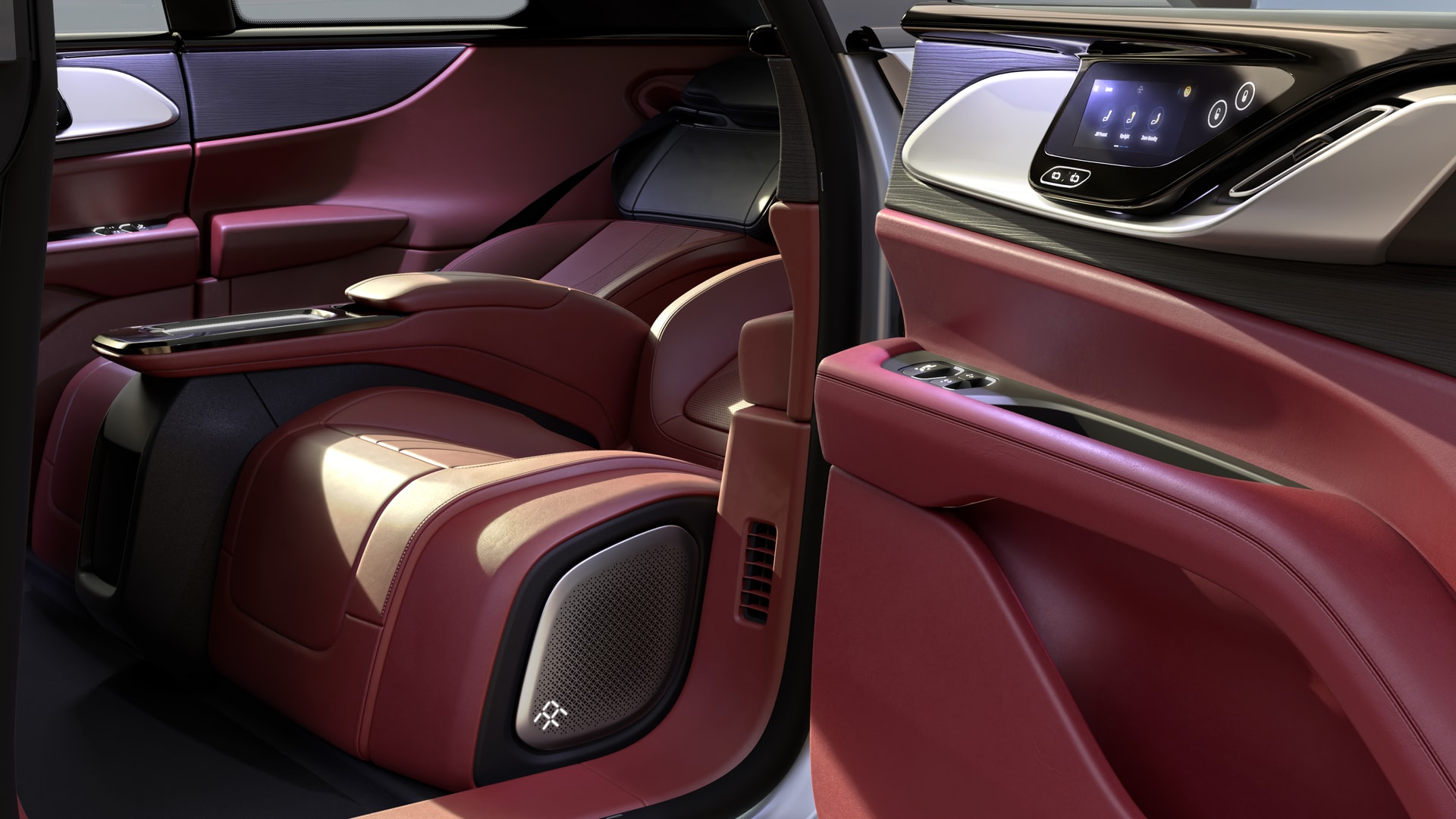
W*: Have the production delays given you any kind of competitive advantage as the market matures? How do you feel the EV market has grown since you started at Faraday?
PB: We have been able to observe many other EV start-ups go through similar growing pains, and we have seen technology and market growth paths solidifying. I don’t know if you could call it an advantage, but the market direction now has validated many of the design choices we made six years ago. At the beginning of my time at FF, the EV revolution was still viewed with hopeful enthusiasm – now it’s a foregone conclusion, with new players cropping up daily. Many OEMs have accelerated their path to electrification dramatically as well – so it’s a totally different market today. It’s wonderful, exciting and despite all the time gone by, the FF 91 is still the most impactful EV offering.
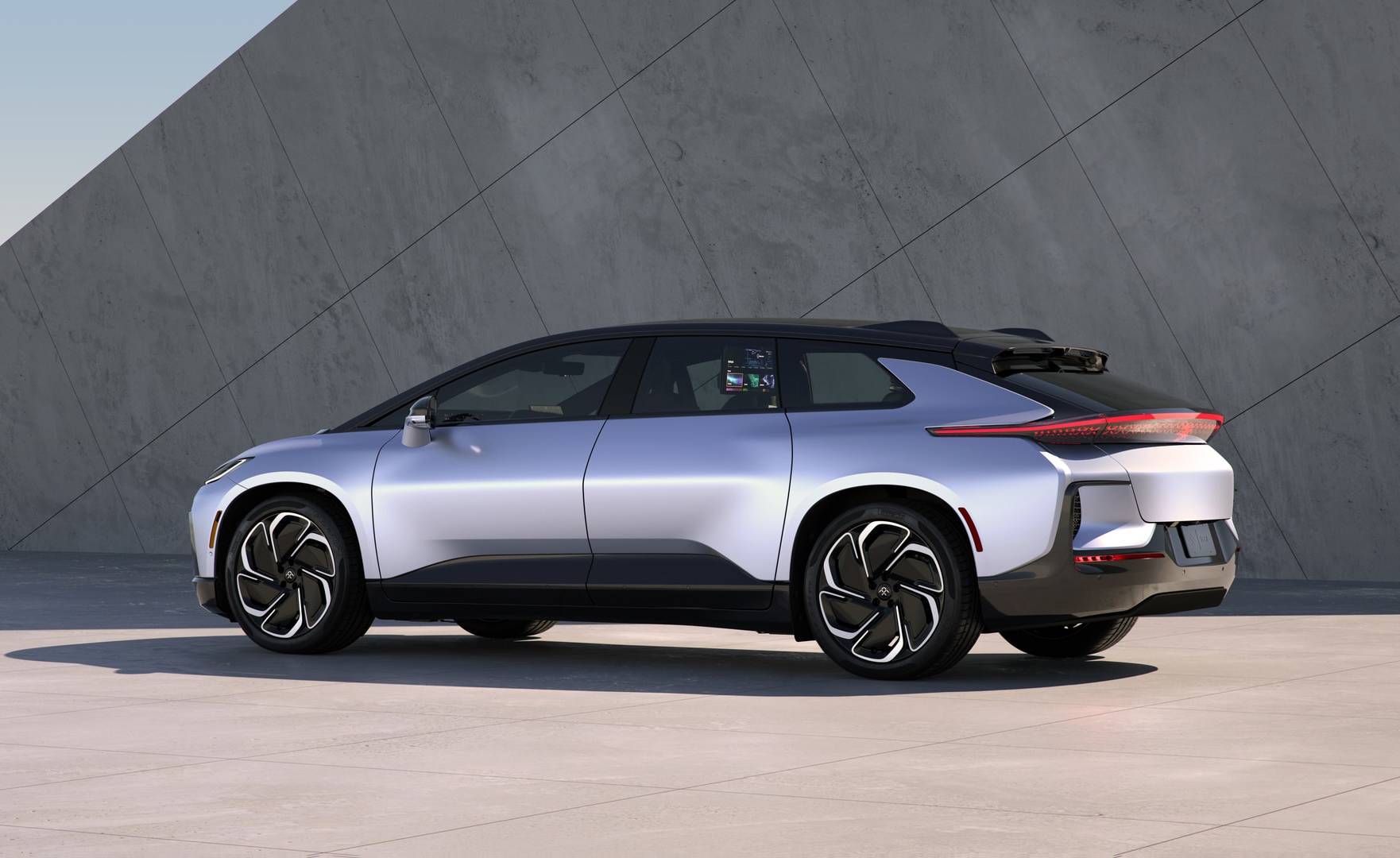
W*: What is your personal favourite aspect of the FF 91, inside and out? Are there any elements of this car that wouldn’t be possible with a legacy brand?
PB: I love how clean and simple the FF 91 is in general – we did a lot of visual organisation to make this happen. The design doesn’t scream at you, it makes a precise statement. We achieved this by integrating the taillamps into the rear liftgate glass, for example, and by integrating sensors into the black areas of the car. We replaced typical door handles with buttons on the belt moulding – everything possible to create a pure and simple execution without any unnecessary visual noise.
A teacher that made a huge impact on my life at ArtCenter College of Design [in Pasadena, CA] was Strother MacMinn – what an amazing perspective he had. He taught us to see the car through the customer’s eyes, and to think about the psychology and physiological roots of perception. Why are people attracted to certain automotive forms more than others, and what do people really notice when looking at any object? What is the relationship between the forms we create and the emotions they evoke in the viewer?
His favourite expression was, “You listen when she whispers”, and it’s true – we as designers create a focal point; there has to be a background if there is to be a foreground, and I feel like this is getting a bit lost in today’s vehicles. It looks like all the legacy brands are having a design shouting match, with every part of the car screaming at full volume – while the EV start-ups are focusing on reducing visual noise. I think this has to do with the fact that EV companies are closer to the consumer electronics world, where the form of the product is simple, and it’s the overall experience that is rich.
Most of the FF 91’s design expression would have been next to impossible at an OEM – not only from a technical perspective, but also from a management and strategy perspective. We did indeed have a blank sheet of paper to start with.
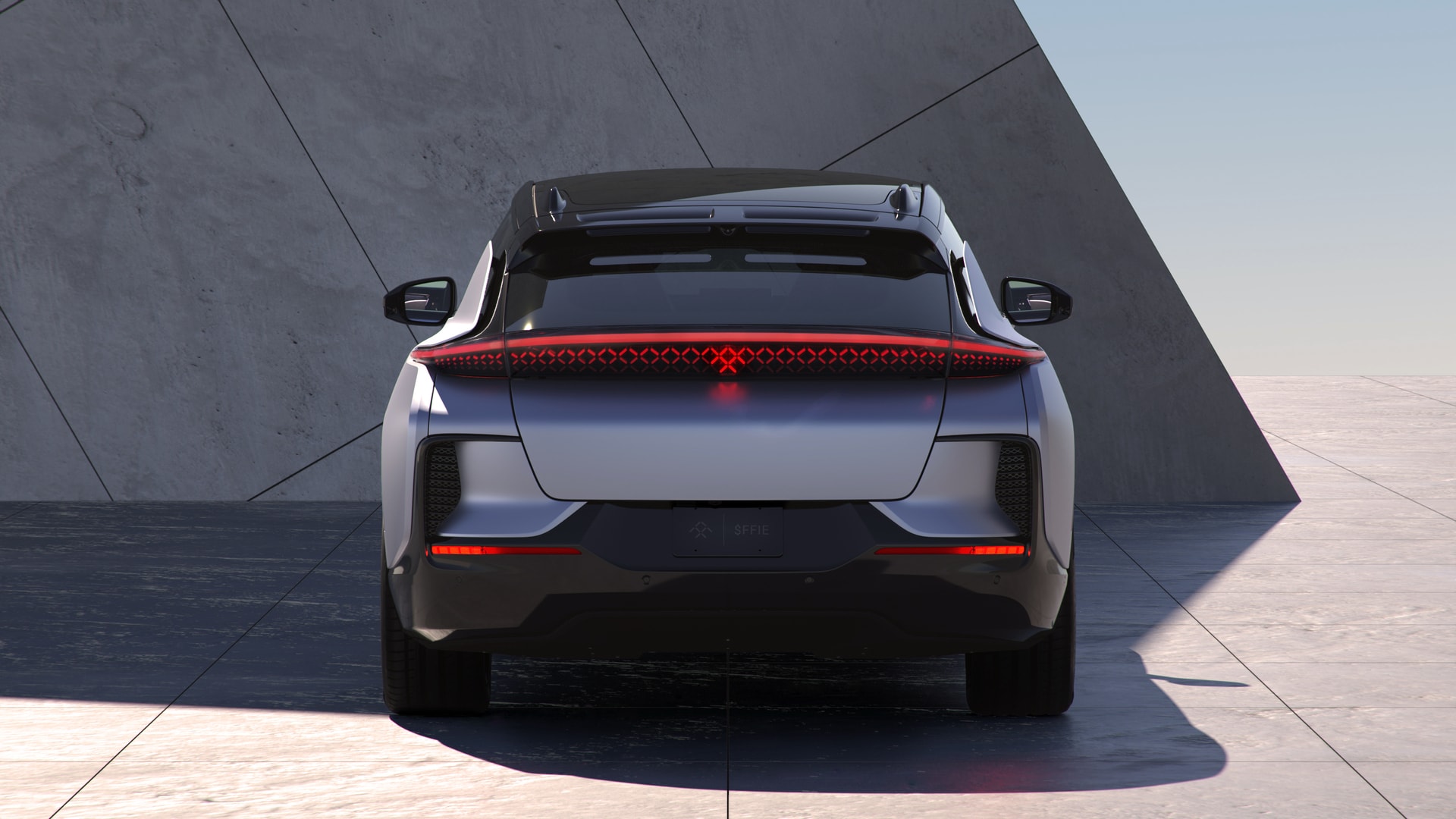
INFORMATION
Faraday Future FF 91, price tbc
Jonathan Bell has written for Wallpaper* magazine since 1999, covering everything from architecture and transport design to books, tech and graphic design. He is now the magazine’s Transport and Technology Editor. Jonathan has written and edited 15 books, including Concept Car Design, 21st Century House, and The New Modern House. He is also the host of Wallpaper’s first podcast.
-
 All-In is the Paris-based label making full-force fashion for main character dressing
All-In is the Paris-based label making full-force fashion for main character dressingPart of our monthly Uprising series, Wallpaper* meets Benjamin Barron and Bror August Vestbø of All-In, the LVMH Prize-nominated label which bases its collections on a riotous cast of characters – real and imagined
By Orla Brennan
-
 Maserati joins forces with Giorgetti for a turbo-charged relationship
Maserati joins forces with Giorgetti for a turbo-charged relationshipAnnouncing their marriage during Milan Design Week, the brands unveiled a collection, a car and a long term commitment
By Hugo Macdonald
-
 Through an innovative new training program, Poltrona Frau aims to safeguard Italian craft
Through an innovative new training program, Poltrona Frau aims to safeguard Italian craftThe heritage furniture manufacturer is training a new generation of leather artisans
By Cristina Kiran Piotti
-
 ‘Pop! Pop! Pop!’: Jeff Koons on the drive behind his new limited-edition BMW 8 Series
‘Pop! Pop! Pop!’: Jeff Koons on the drive behind his new limited-edition BMW 8 SeriesWe speak to Jeff Koons about blending pop, performance and punch in his design for the BMW M850i xDrive Gran Coupé
By Nick Compton
-
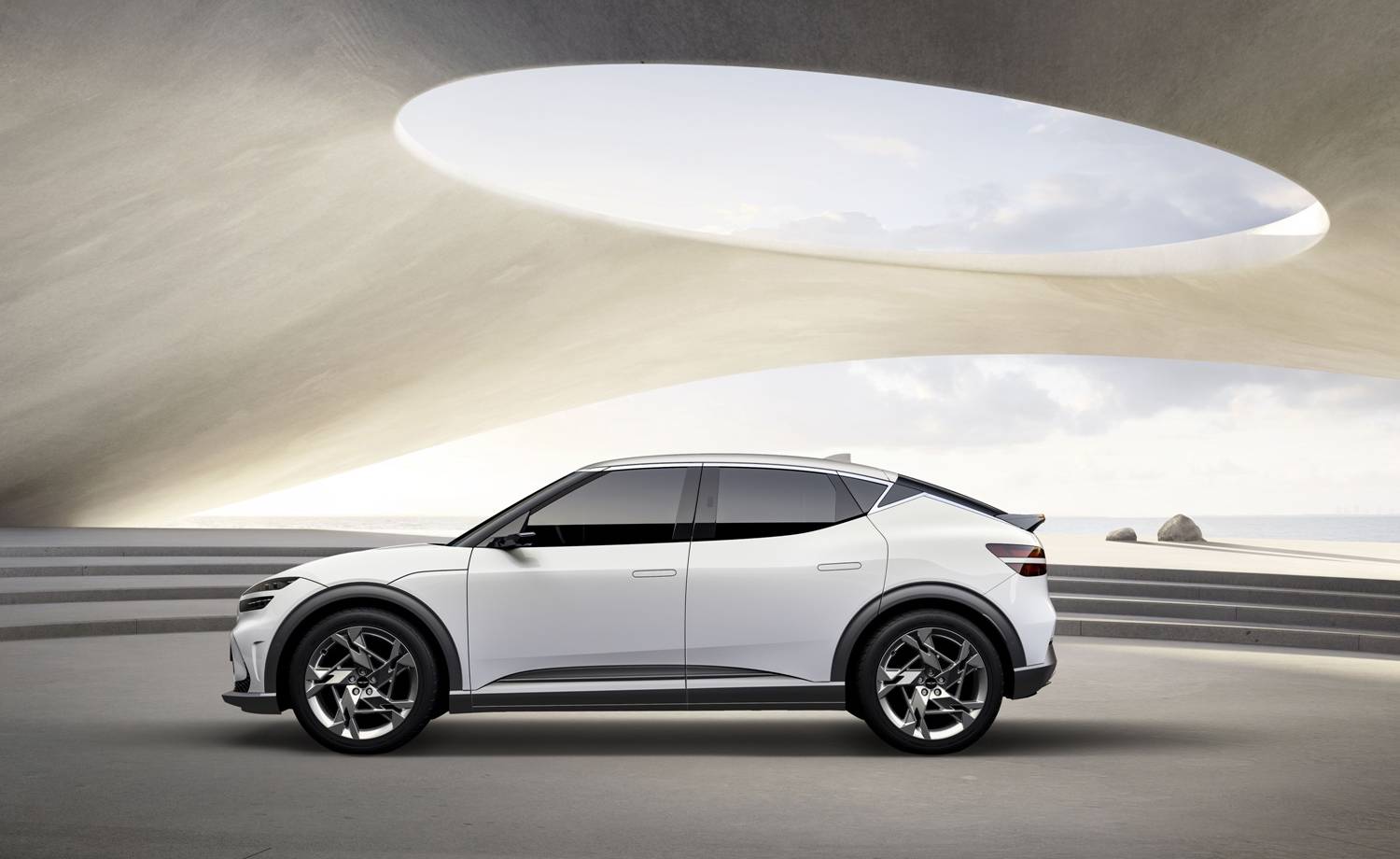 Genesis’ Luc Donckerwolke brings new shapes to luxury mobility
Genesis’ Luc Donckerwolke brings new shapes to luxury mobilityLuc Donckerwolke, Genesis’ chief brand officer and chief creative officer, on its Europe-only G70 Shooting Brake, the new Genesis EV60 electric vehicle, and the shape of cars to come
By Jonathan Bell
-
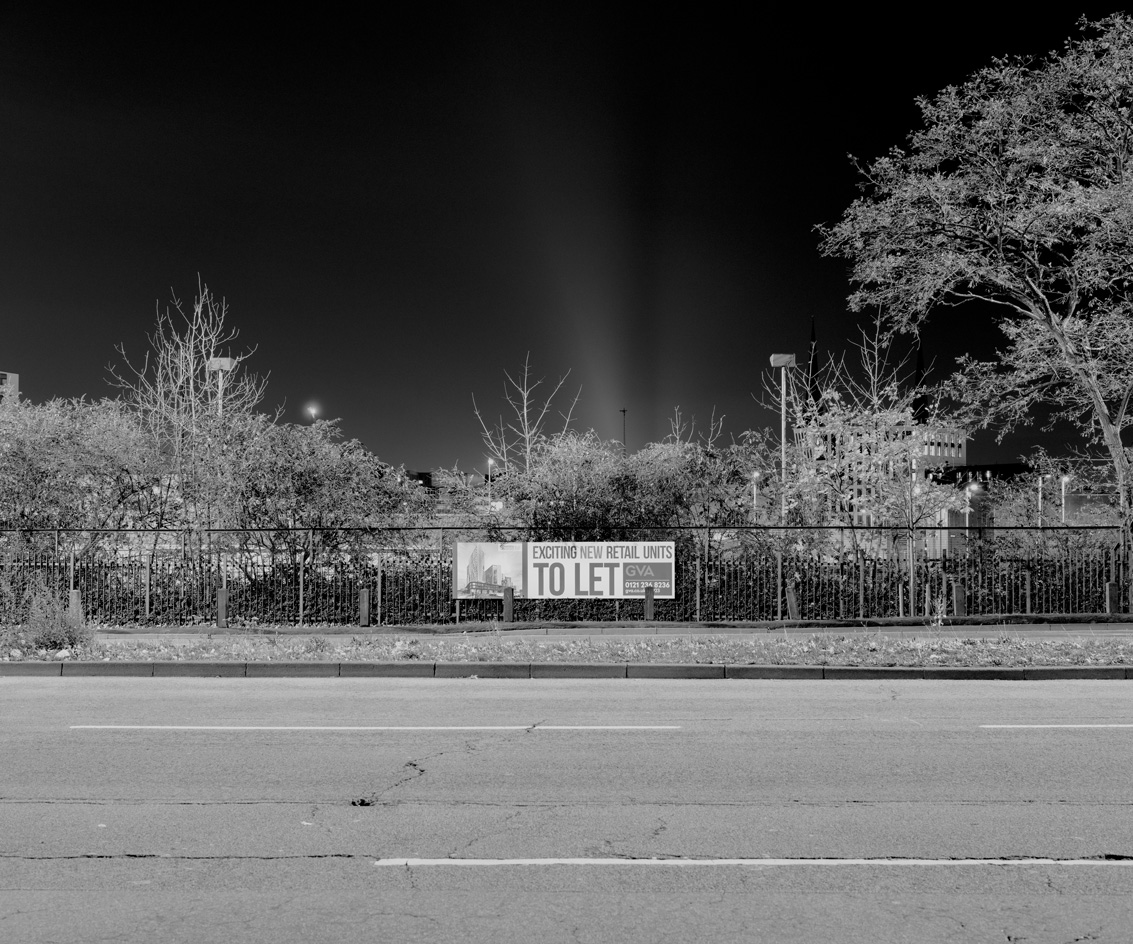 Through the lens of photographer Milo Lethorn
Through the lens of photographer Milo LethornHere, Milo Lethorn discusses the eroding perceptions of photographic ‘truth’, the marketisation of higher education, and pushing the boundaries of genre
By Sophie Gladstone
-
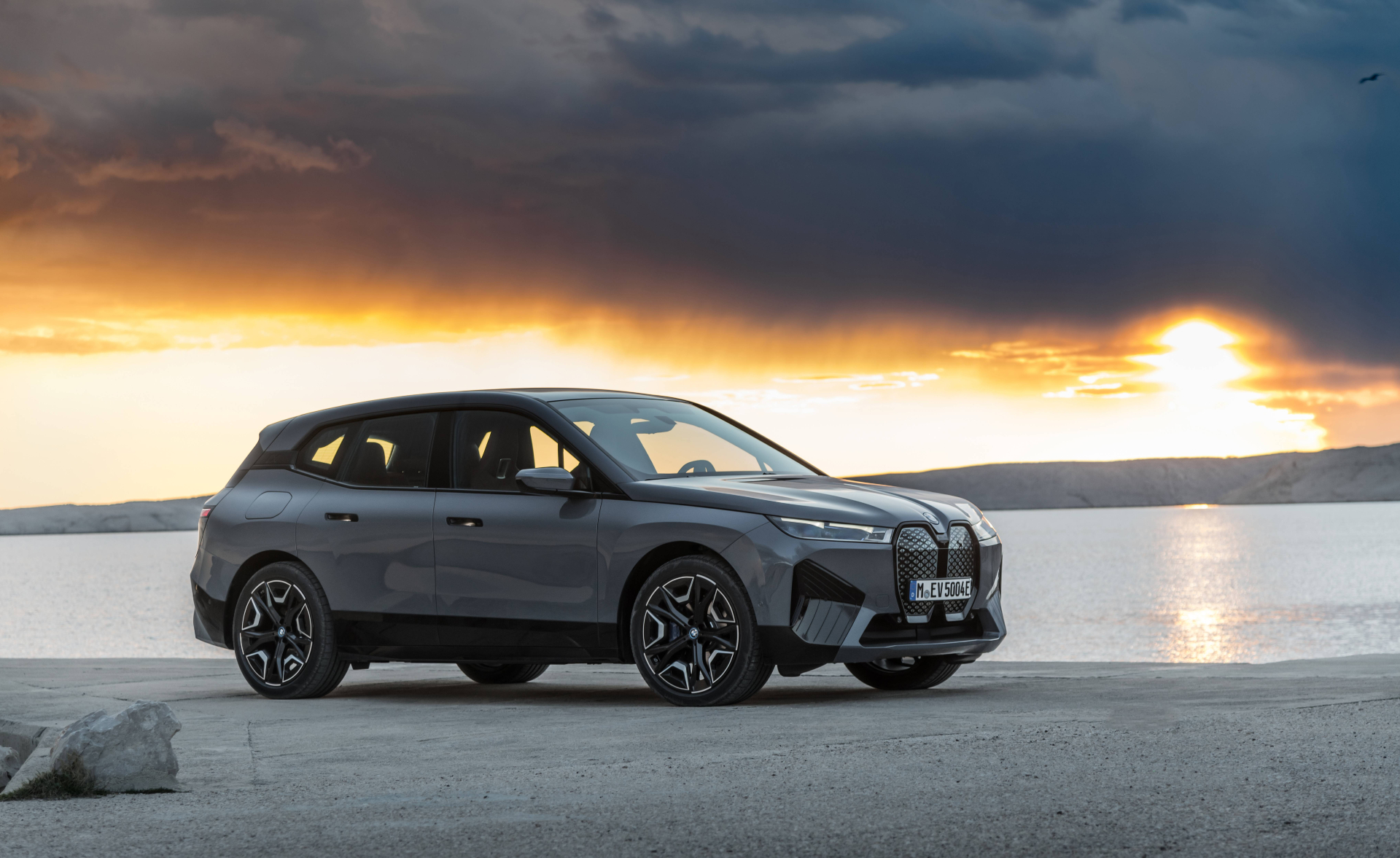 New era for BMW electric cars, says design chief Domagoj Dukec
New era for BMW electric cars, says design chief Domagoj Dukec‘BMW i models are becoming the most relevant part of the brand,’ says the company’s head of design Domagoj Dukec, as he talks about a trio of new BMW electric cars, the iX3, i4 and iX, and what they mean for the future of the brand
By Jonathan Bell
-
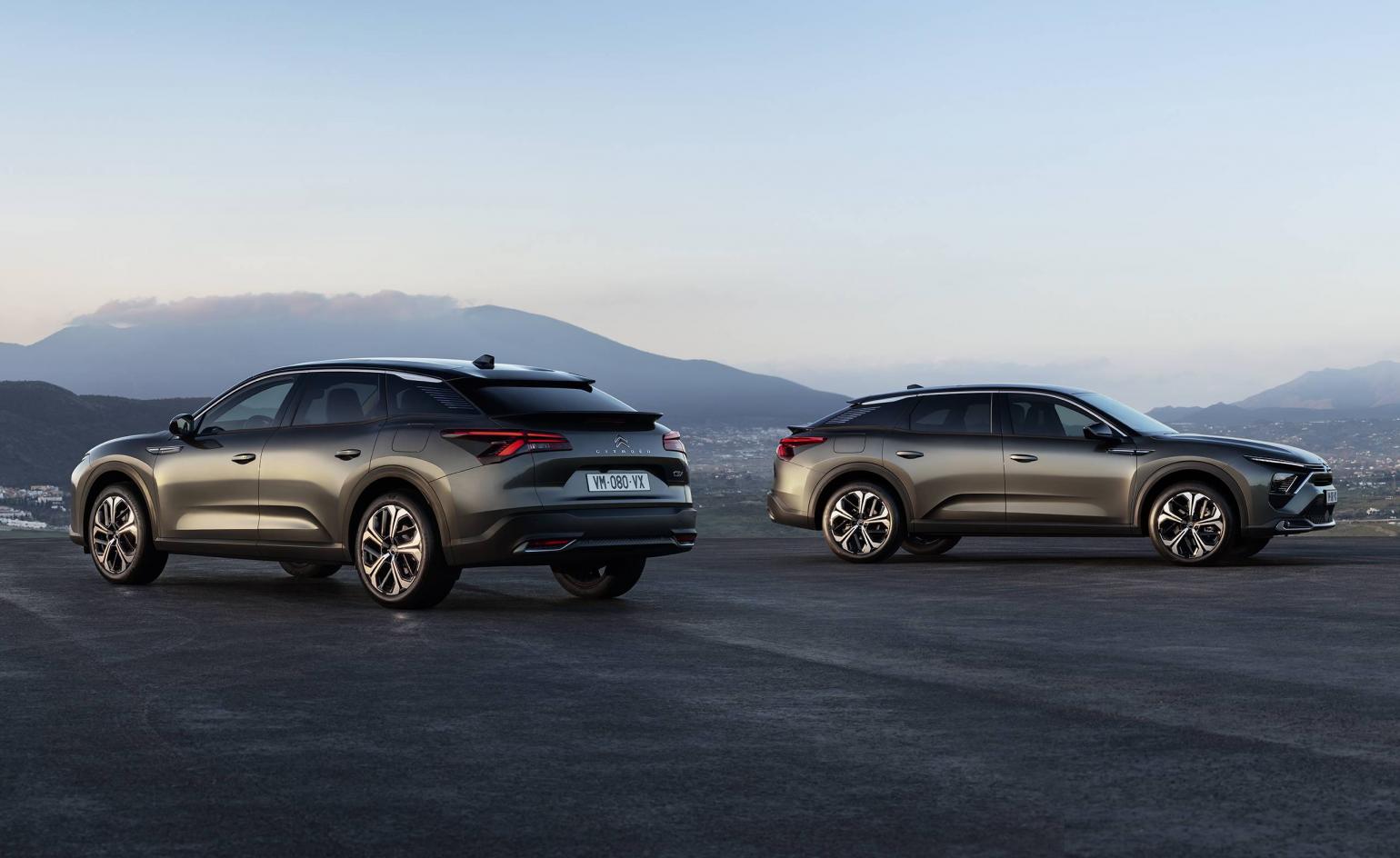 Citroën's Pierre Leclercq on the brand’s bold future
Citroën's Pierre Leclercq on the brand’s bold futureThe Citroën head of design discusses the architecture of automation, utility, versatility, and more
By Jonathan Bell
-
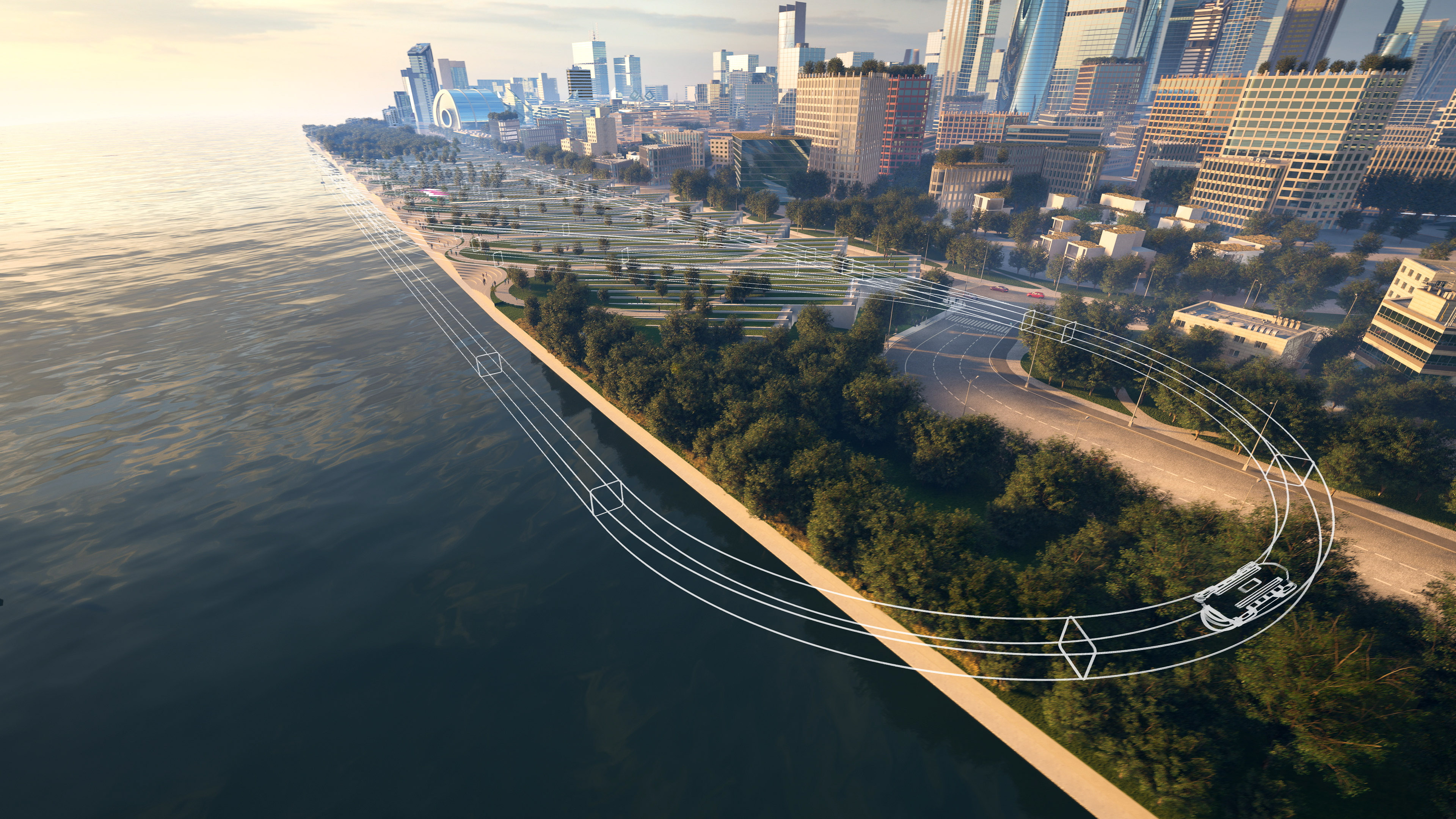 Bjarke Ingels gives shape to the Virgin Hyperloop
Bjarke Ingels gives shape to the Virgin HyperloopThe Virgin Hyperloop – a proposed mode of passenger and freight transportation – is gaining currency, aided by design ideas from BIG. ‘It’s about the destination,' says Bjarke Ingels
By Jonathan Bell
-
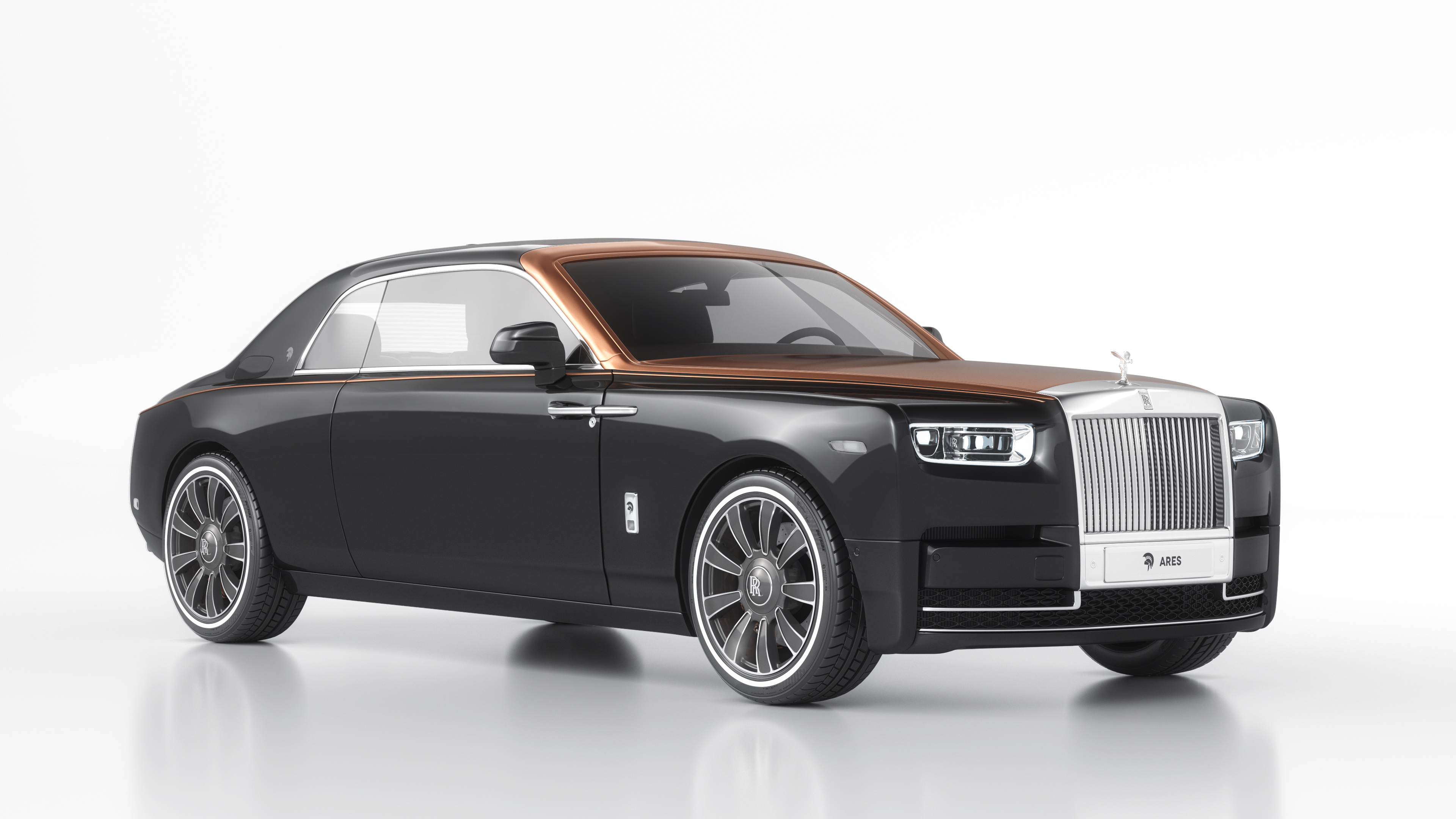 Explore the world of bespoke automotive design with Italian coachbuilder Ares
Explore the world of bespoke automotive design with Italian coachbuilder Ares‘Uniqueness is more and more important,’ says CEO Danny Bahar as the company unveils its new Ares Design Coupé, a limited edition of eight and a radical reimagining of a classic
By Jonathan Bell
-
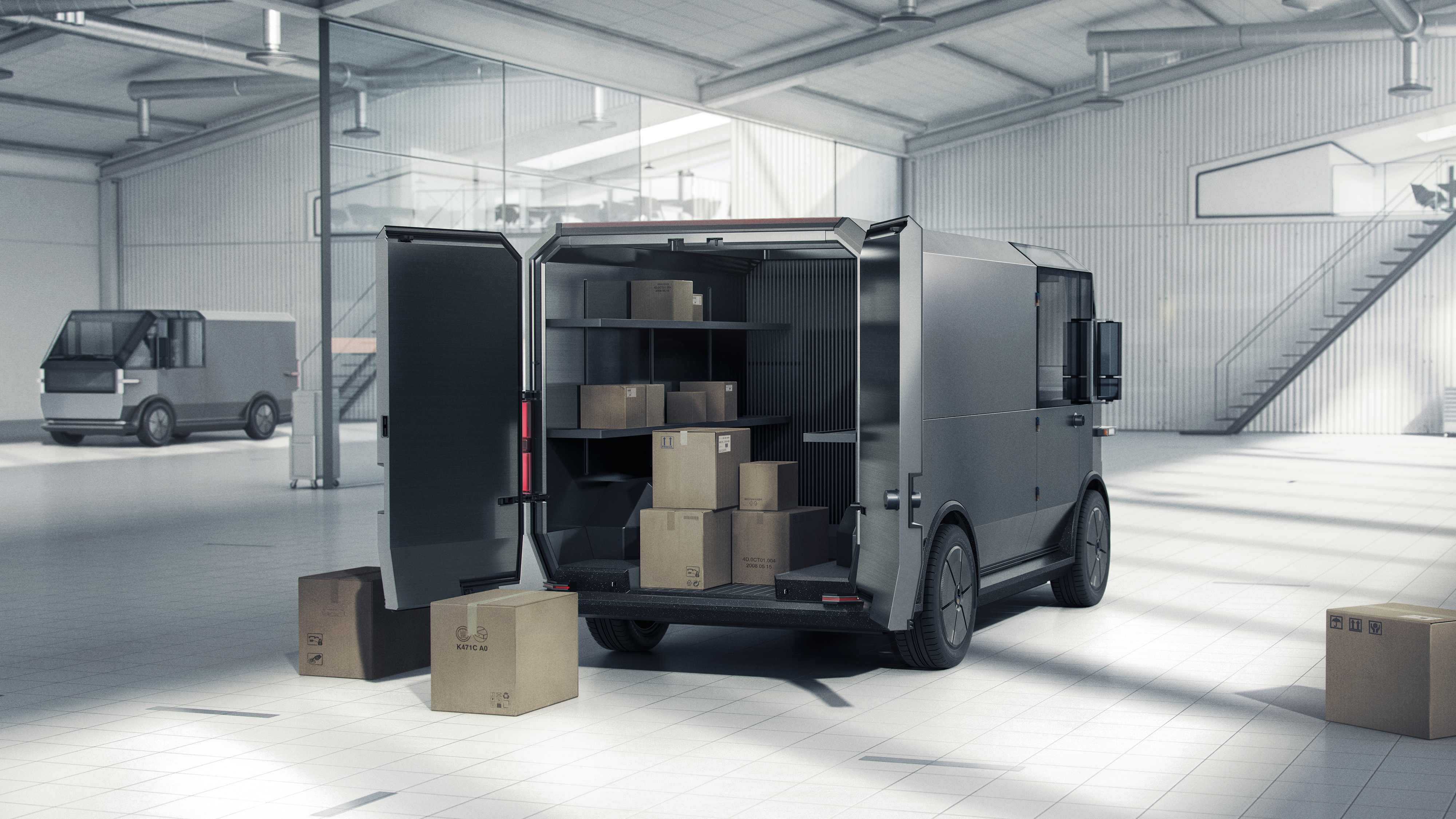 The zero emission delivery vehicle elevating ecommerce
The zero emission delivery vehicle elevating ecommerceCanoo’s new MPDV (Multi-Purpose Delivery Vehicle) makes zero emission business transportation inexpensive and easy
By Jonathan Bell